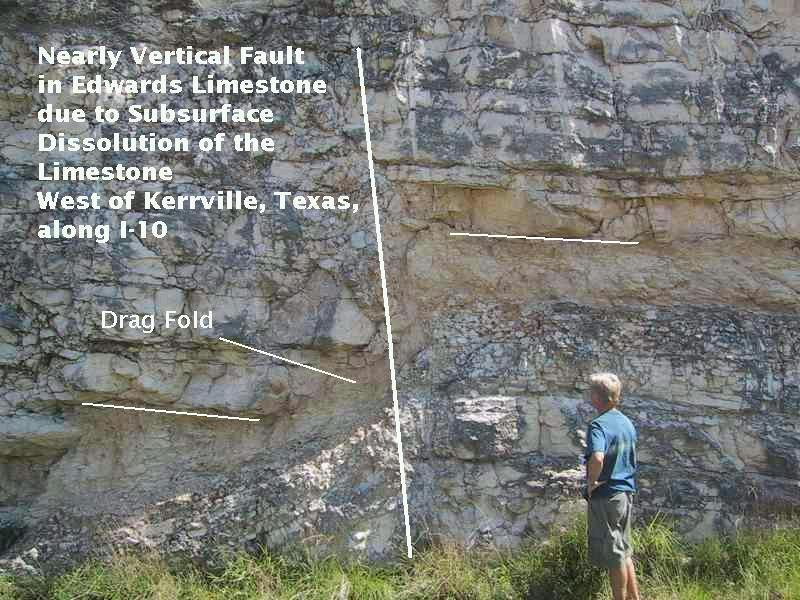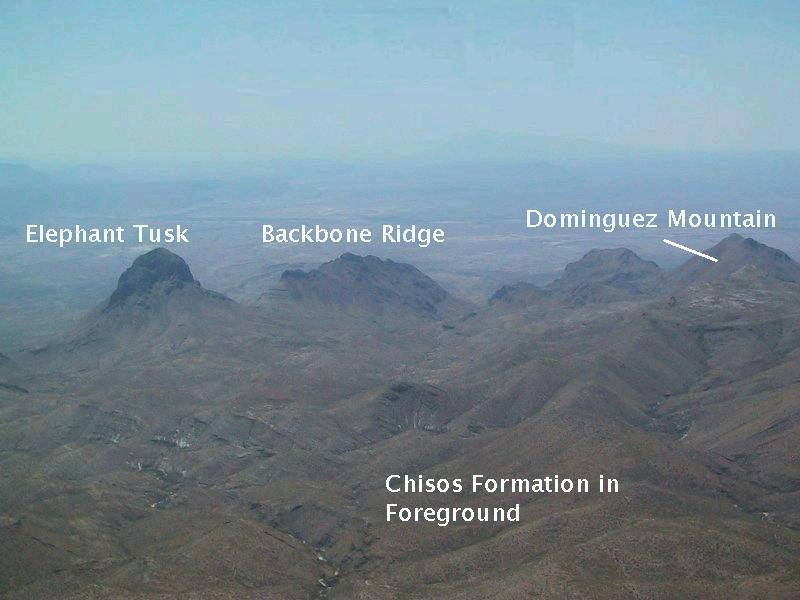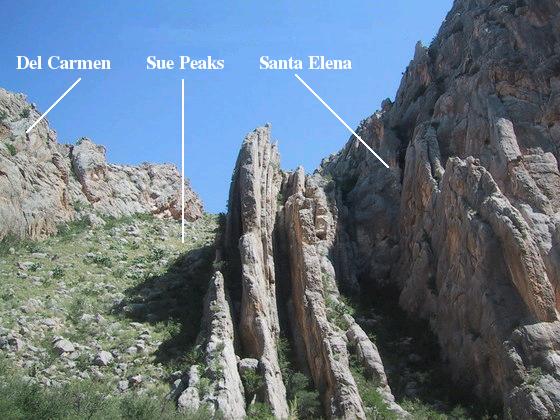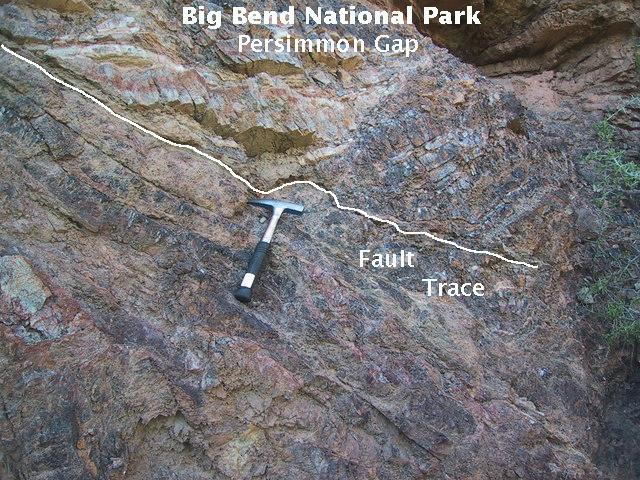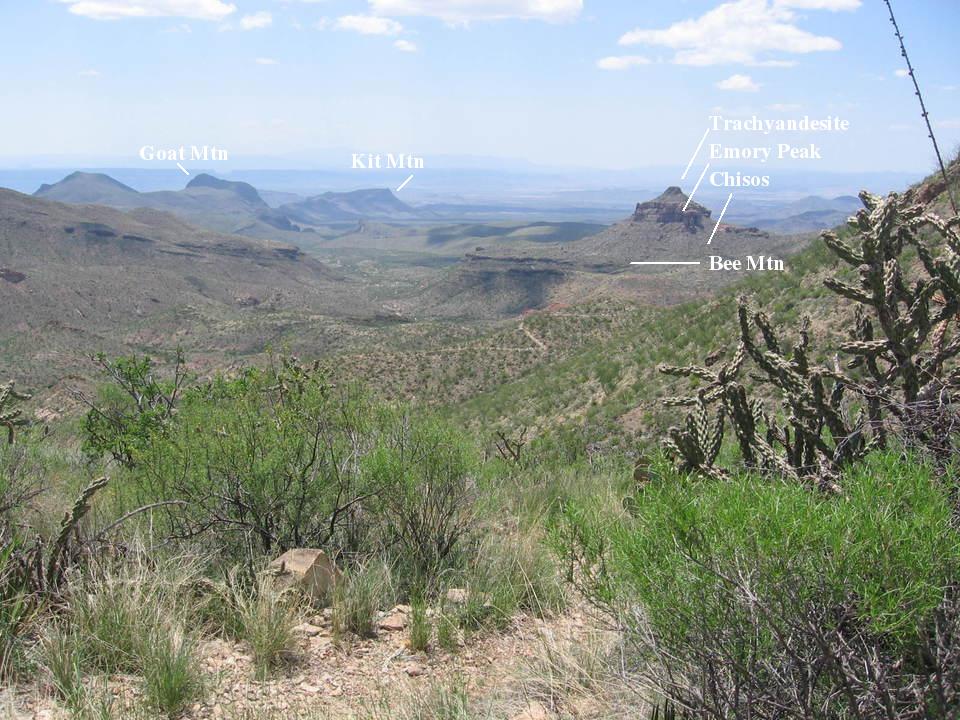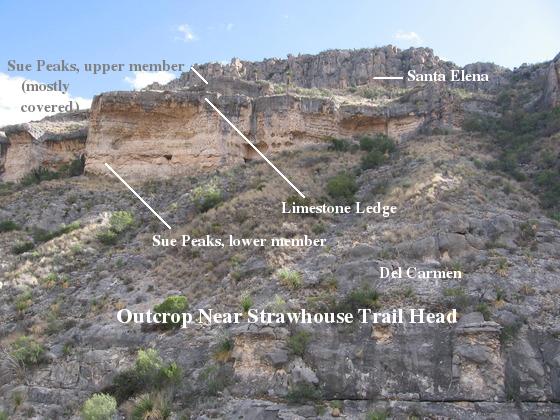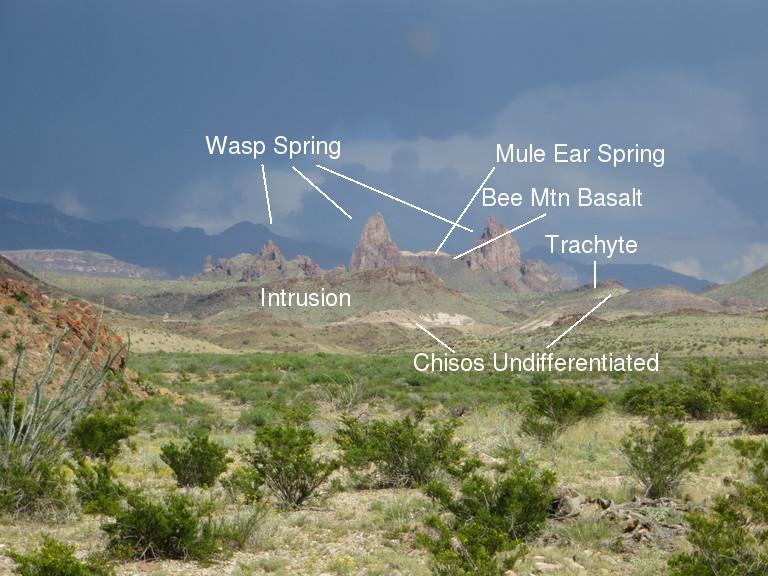- Linear and Angular Momentum
in Electromagnetic Systems Containing Magnetic
Dipoles
- A look at three paradoxes
in electromagnetic theory
These three paradoxes (Vaidman's paradox, Mansuripur's paradox, the
Aharonov-Casher effect) and be resolved without assuming hidden
momentum exists in charge-magnet systems or an induced electric
dipole resides on a moving magnet.
- On the fields of moving
dipoles (Non-peer-reviewed version)
Redfern, F. Canadian Journal of Physics, 2019, 97(2): 125-132
There is no charge separation on a moving magnetic dipole. The
apparent presence of charge is due to the relativity of simultaneity.
An electric dipole does not appear on a moving magnetic dipole and
a magnetic dipole does not appear on a moving electric dipole. I
argue that the magnetization-polarization tensor is not a genuine
four-tensor and is not a valid way to find transformed fields. Only
the Lorentz transformation of fields directly can give the correct
transformed fields.
Correction: The magnetization-polarization tensor is a relativistic
four-tensor if you transform the space and time coordinates the
elements of the tensor depend upon at the same time you transform
the tensor.
- Momentum of charge
-magnetic coil systems
Redfern, F. Eur. Phys. J. D (2017) 71: 325.
Magnetic coils in electric fields contain no hidden momentum.
- Magnets in an electric
field: hidden forces and momentum conservation
Redfern, F. Eur. Phys. J. D (2017) 71: 163.
In 1967 Shockley and James addressed the situation of a magnet in an
electric field. The magnet is at rest and contains electromagnetic
momentum, but there was no obvious mechanical momentum to balance
this for momentum conservation. They concluded that some sort of
mechanical momentum, which they called “hidden momentum”, was
contained in the magnet and ascribed this momentum to relativistic
effects, a contention that was apparently confirmed by Coleman and
an Vleck. Since then, a magnetic dipole in an electric field has
been considered to have this new form of momentum, but this view
ignores the electromagnetic forces that arise when an electric field
is applied to a magnet or a magnet is formed in an electric field.
The electromagnetic forces result in the magnet gaining electro-
magnetic momentum and an equal and opposite amount of mechanical
momentum so that it is moving in its original rest frame. This
moving reference frame is erroneously taken to be the rest frame in
studies that purport to show hidden momentum. Here I examine the
analysis of Shockley and James and of Coleman and Van Vleck and
consider a model of a magnetic dipole formed in a uniform electric
field. These calculations show no hidden momentum.
- Systems Thought to Contain
Hidden Momentum But Don't
- The Resolution of the
Mansuripur Paradox
Redfern, F. Phys.Scr, (2016) 91: 045501.
- On Controversies in
Electromagnetic Systems
Updated discussion of hidden momentum, the Mansuripur paradox,
moving dipoles, and electromagnetic momentum in a charge-dipole
system. Also, analysis of the paradox involving a magnetic dipole
moving in an electric field and the Aharonov-Casher effect.
- On the Trouton-Noble
paradox
A discussion of this paradox and momentum flow
- Kinematic Derivation of
the Harmonic Plane-wave Equation and Applications
I show that the usual harmonic plane-wave equation can be derived
from kinematic principles only; that is, requiring the wave to
propagate without changing shape in a non-dissipative medium. Not
only can the usual second order wave equation be acquired this way,
but also an equation that is quadratic and of first order. These
equations have a common set of solutions. The second-order equation
corresponds to the restoring forces of a physical medium whereas the
first-order quadratic equation corresponds to energy in a
conservative medium. Properties of electromagnetic waves, including
energy conservation (Poynting's theorem) and radiation pressure can
be obtained from this kinematic approach.
- Stuff
